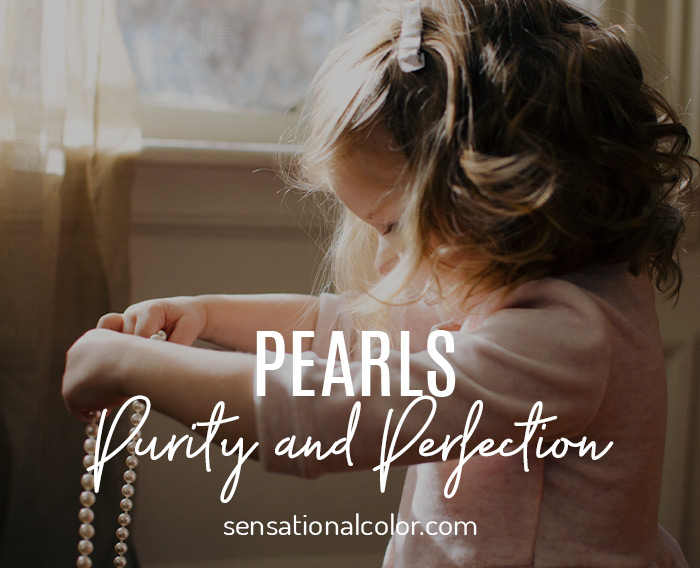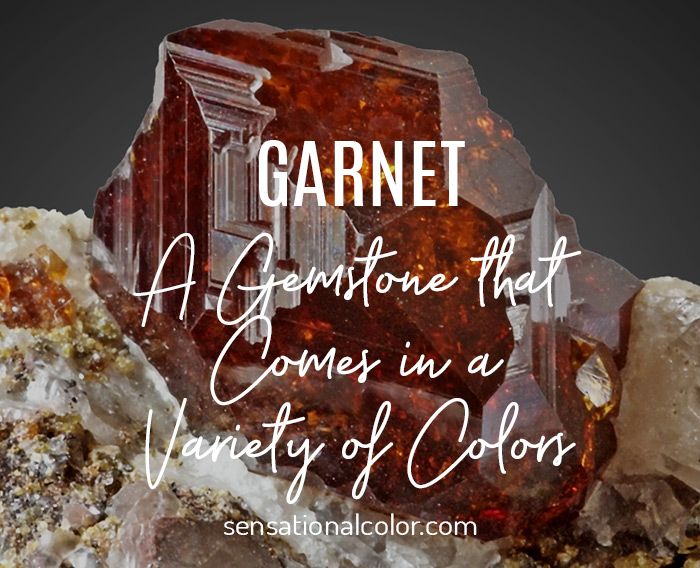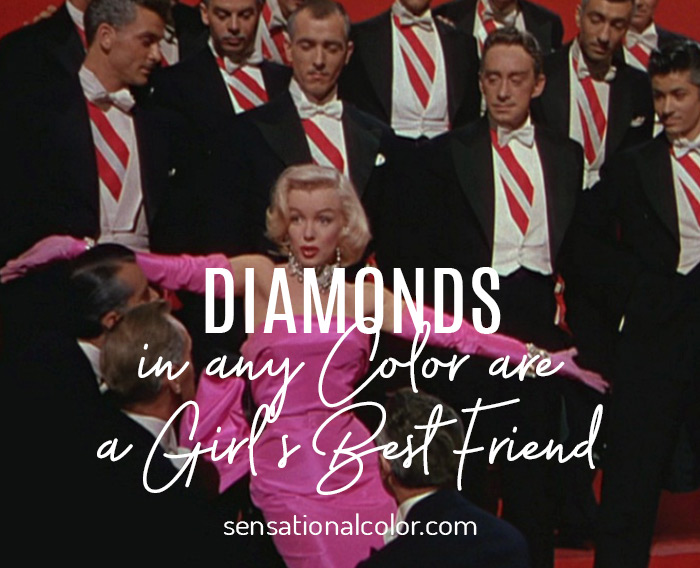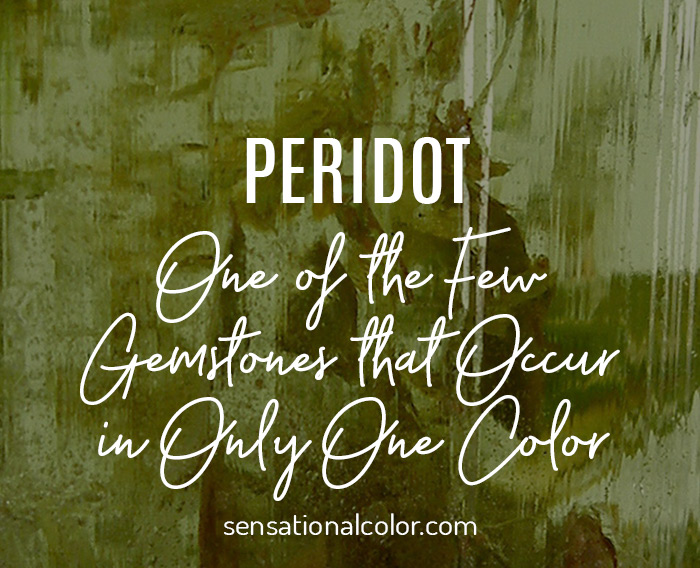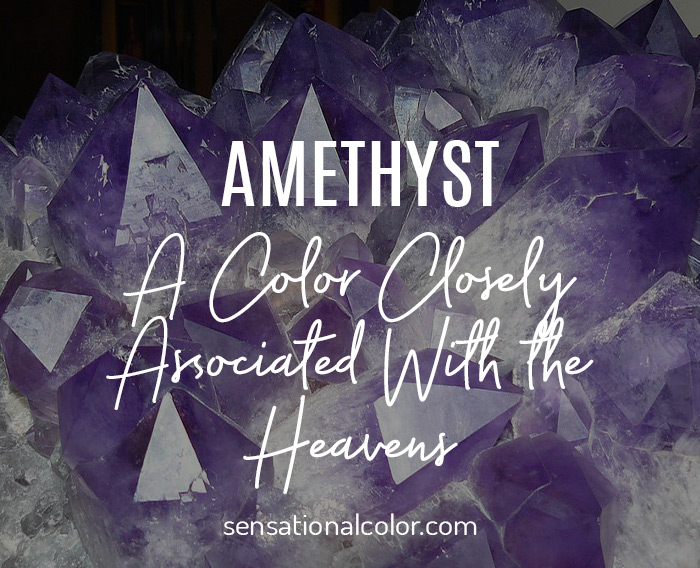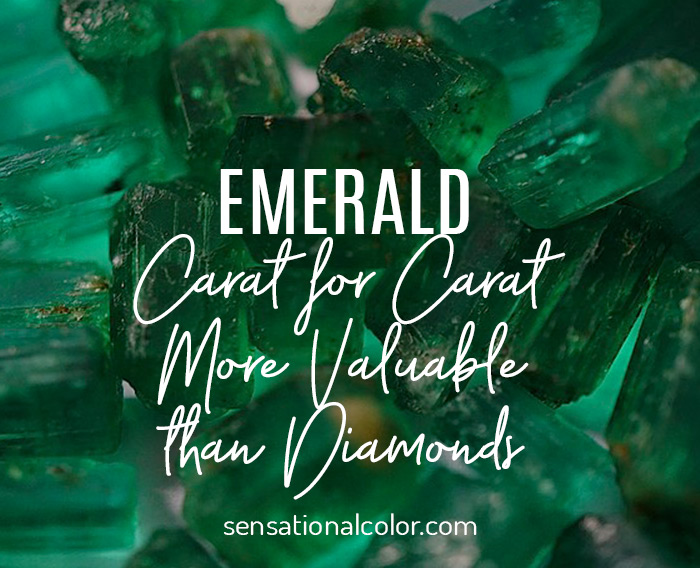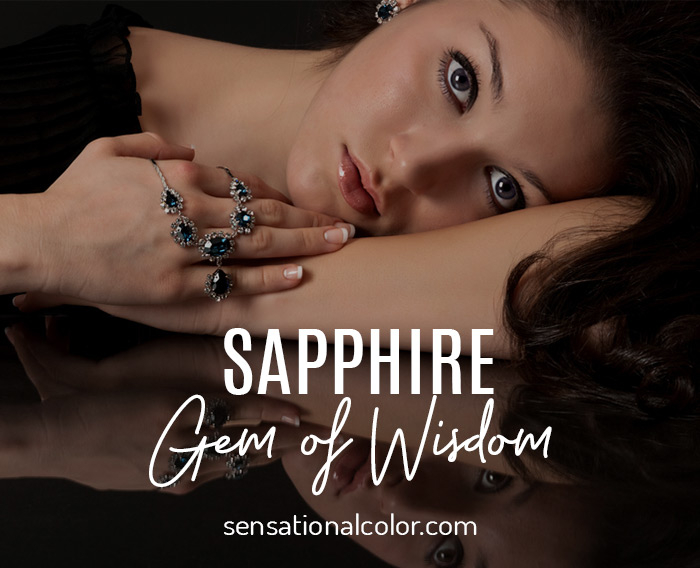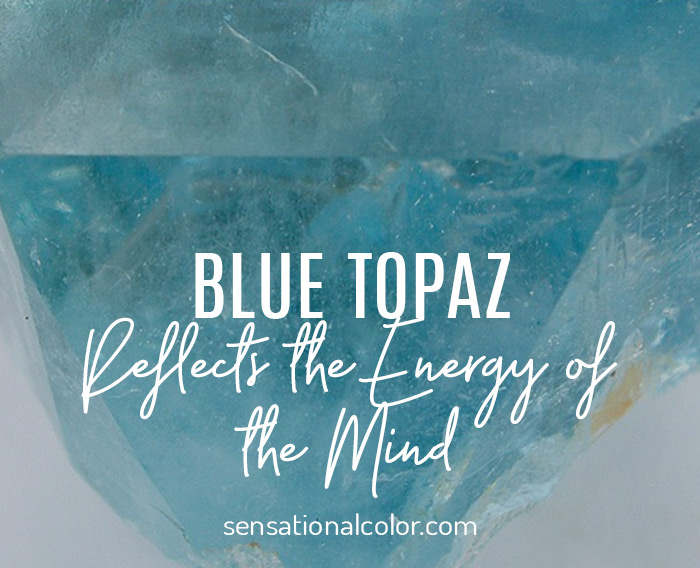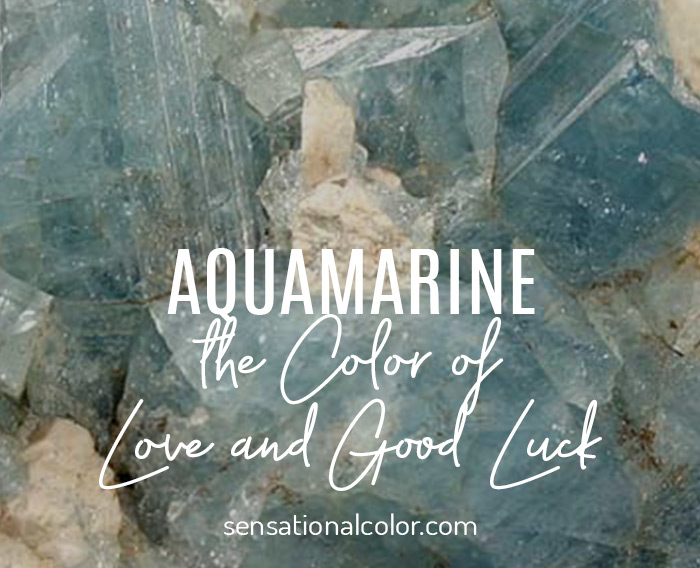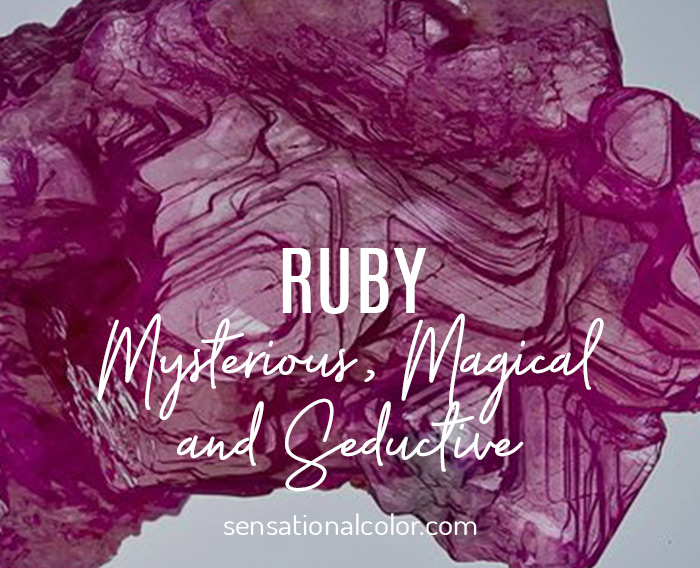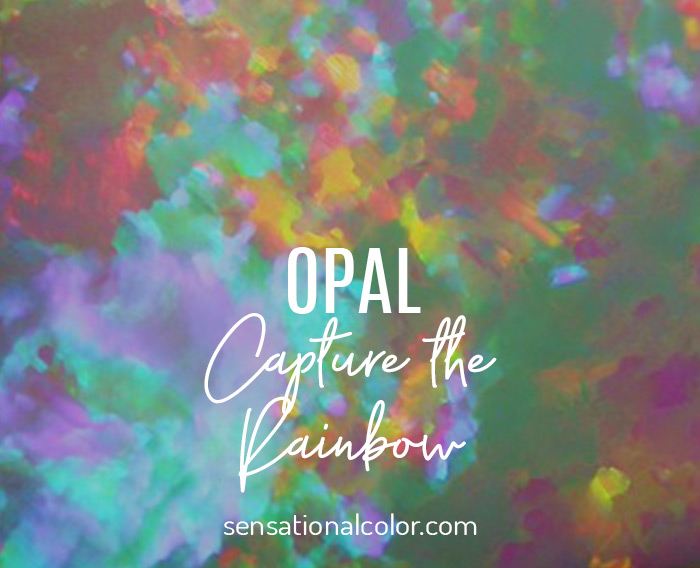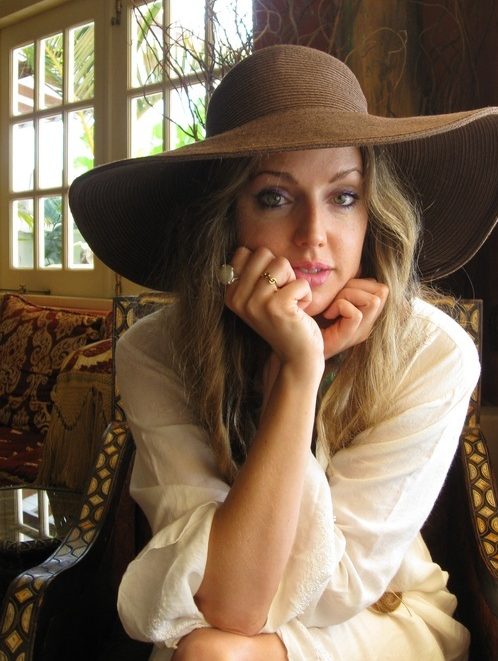Cherished as symbols of purity and perfection, pearls are the ultimate symbol of good taste. I adore pearls. While most think of pearls in soft white, the June birthstone color can be found in many iridescent hues gold to aubergine or pistachio to platinum, white, and peacock.
As a jewelry designer, I love all gems; their color and beauty is an inspiration. Brightly colored stones always catch my eye; however; I am equally enamored with the subtle brilliance of pearls. For many years I have had a love affair with pearls.
Sadly I overlooked them for a long time. I saw my fill of the small white choker length strand, paired with matching studs as the finishing touch to the sweater set. Unless you are going for straight-laced style, avoid this look. Wearing pearls always felt as if they came along with strict rules to follow until I had an epiphany eight years ago while holding a strand of Tahitian pearls.
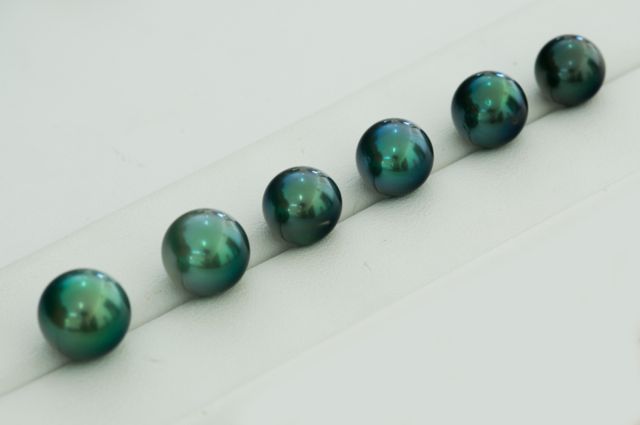
Cabmok [CC BY-SA 3.0]
These pearls are the size of jaw-breaking gum balls – smooth, round, and softly glowed with the most unbelievable colors! These pearls showed me that I had the wrong impression. Peals are vibrant and full of life. I have been seeking out unique pearls ever since, creating some of my favorite pieces.
How Are Pearls Made
Pearls are the only gem that doesn't need to be cut or polished. If you are lucky and are vacationing in Tahiti order oysters on the half shell. If you are fortunate, you may find a ready-made gem on your plate. This scenario is unlikely because it takes thousands of oysters to find one pearl, although it has happened.
From a small irritant, like a grain of sand, that gets inside the shell, it takes 4 to 8 years for a pearl to form. Most pearls found today are cultured pearls; meaning man injects the mollusk with a small bead of a shell rather than hoping for that stray bit of sand. Whether cultured or naturally formed, the process is the same. The oyster builds up thin layers around the foreign object to protect its soft body. These microscopically thin layers become the nacre or outer coating of pearls and the inner shell layer in some mollusk. Nacre is strong, resilient, and iridescent and creates the pearl's unique color. It lets in and diffuses light creating a shimmering glow.
Where are Pearls Found
Many pearls come from freshwater rivers and lakes in America and the turquoise lagoons of the South Seas. The oceans near Australia, Tahiti, and Fiji, are the source of my all-time favorite pearls. A black-lipped oyster, the size of a large dinner plate, called Pinctada margaritifera creates the silver and black Tahitian pearls while the white-lipped Pinctada maxima bear the white and golden South Sea pearls.
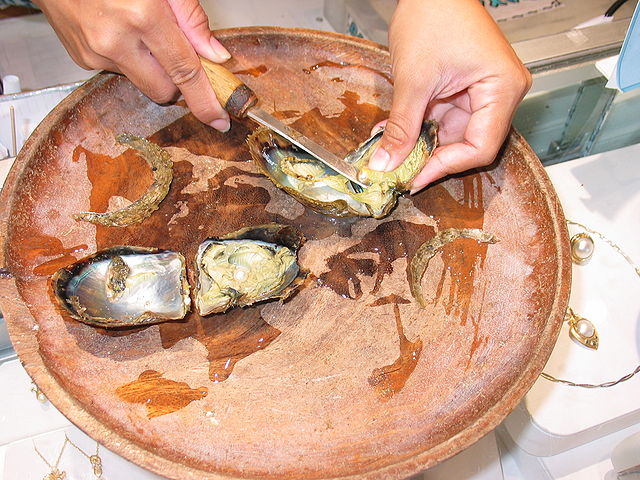
Keith Pomakis [CC BY-SA 2.5]
Above is a picture showing a pearl being extracted from an Akoya oyster. Akoya pearls are white perfectly round orbs. Indigenous to the waters around Japan, renowned as the quintessential pearl. Kasumiga and Biwa pearls share the names of the freshwater lakes in Japan where they were first discovered. Their pink, white, and brown colors are so rich, and their varied shapes make them very fun to use in jewelry design. Someday I dream of going on a "pearl tour" to visit all of these destinations.
A Few Pearls of Wisdom
Pearls have been around almost as long as the first mollusk that lived in ancient oceans. The oldest known pearl is a fossilized discovery from over 90 million years ago. Many ancient cultures exhibited a robust appreciation for pearls, and pearl artifacts date back over 5,000 years.
From 200B.C. to A.D. 500, the Native American Hopewell Culture of southern Ohio accumulated vast quantities of pearls. Many beautiful examples of freshwater pearls strung on sinew and worn as necklaces have been discovered. Their radiant luster unharmed after being buried for thousands of years.
The ancient Greeks and Romans treated pearls as a commodity and obtained them from the far reaches of their empires. The whole Mediterranean region caught on to the craze, and a wide variety of jewelry and artifacts have been found embellished with pearls. A unique Roman characteristic is their taste for mixing pearls with emeralds.
The courts of Persia and India were resplendent with pearls. The Persian Gulf and the Gulf of Mannar were rich with these aquatic gems.
The Hindu's believed the pearls represented the moon, while in Islamic thought, pearls represented perfection and completeness. Emperor Bahadur Shah II draped many strands of pearls around his neck.
In the 17th and 18th century, Russia was opulent in the use of pearls. Steeped in Byzantine tradition, pearls adorned decorative fabrics and artifacts were heavily embellished with pearls. Noblewoman wore large headdresses, or kokoshniki, adorned with pearls, lace, and colored gems. Queen Elizabeth I was painted many times in her famous ruffled collar and many strands of pearls.

James PartonEngraved by J. C. Buttre [Public domain]
Johannes Vermeer's famous portrait- "Girl with a Pearl Earring," is one of the most intriguing paintings, often called the Dutch Mona Lisa. The pearl is an anchoring part of the composition. The paint creates a luster so authentic that it instantly draws your eye.
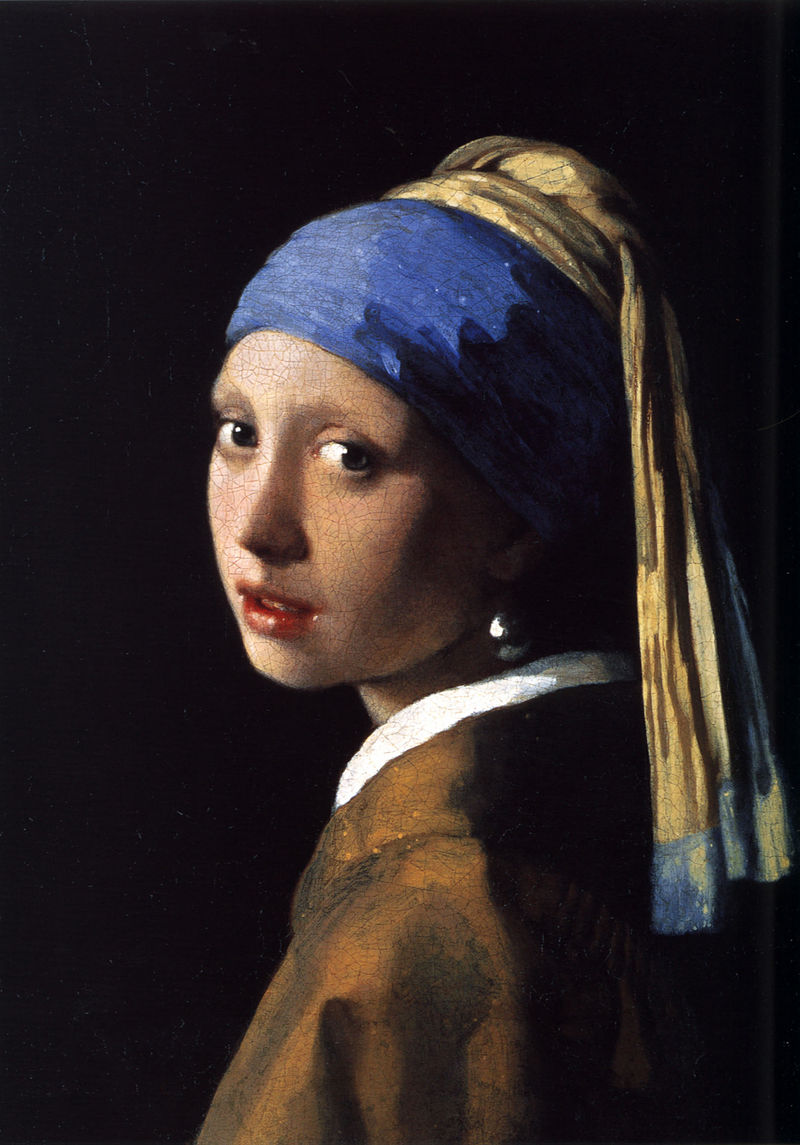
Johannes Vermeer [Public domain]
Coco Chanel made wearing many strands of pearls "in vogue." She loved mixing real and fake together in a long layered look.
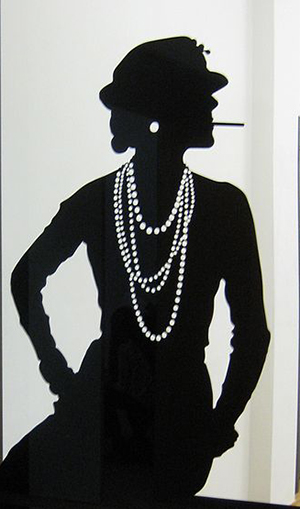
Marion Golsteijn [CC BY-SA 3.0]
One of the most famous jewels, "La Peregrina" has a vibrant history. It fell into obscurity for some time then regained its reign as the most renowned pearl when Richard Burton presented it to Elizabeth Taylor as a birthday gift. Below is a portrait of Zinaida Yusupova wearing La Pelegrina pearl.
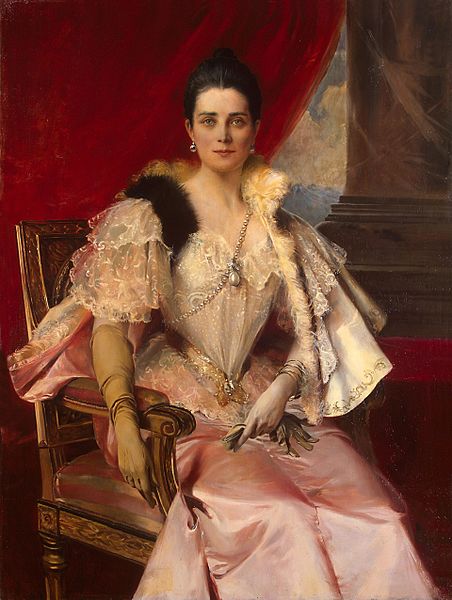
François Flameng [Public domain]
I can keep on going. There is so much that surrounds this true natural wonder. I will stop my rambling and leave you with two last pearls of wisdom. Always put your pearls on last; they do not like perfume or hairspray. They do love water, especially salt water. Pearls enjoy a quick rinse with salty water on occasion. In between, wipe with a damp cloth before putting away.
I recently took a trip to the Caribbean. On the first day I put pearl earrings on [with very secure safety backs], I swam every day in the ocean, and my pearls loved it!
See the Other Eleven Birthstone Colors
When I wanted to explore birthstone color, I knew just who to call on to write these articles -- Kimberlin Brown. an amazing jeweler who is inspired by the beauty of flora, fauna and the ocean's seascapes. All of her collections are created by hand in her New York City studio. Take a moment to pop over to her website to see her latest work -- kimberlinbrownjewelry.com. Kimberlin shaped the articles and I added my color expertise. We hope you enjoy the results.
Feature Image Credit: Photo by Kelly Sikkema on Unsplash

